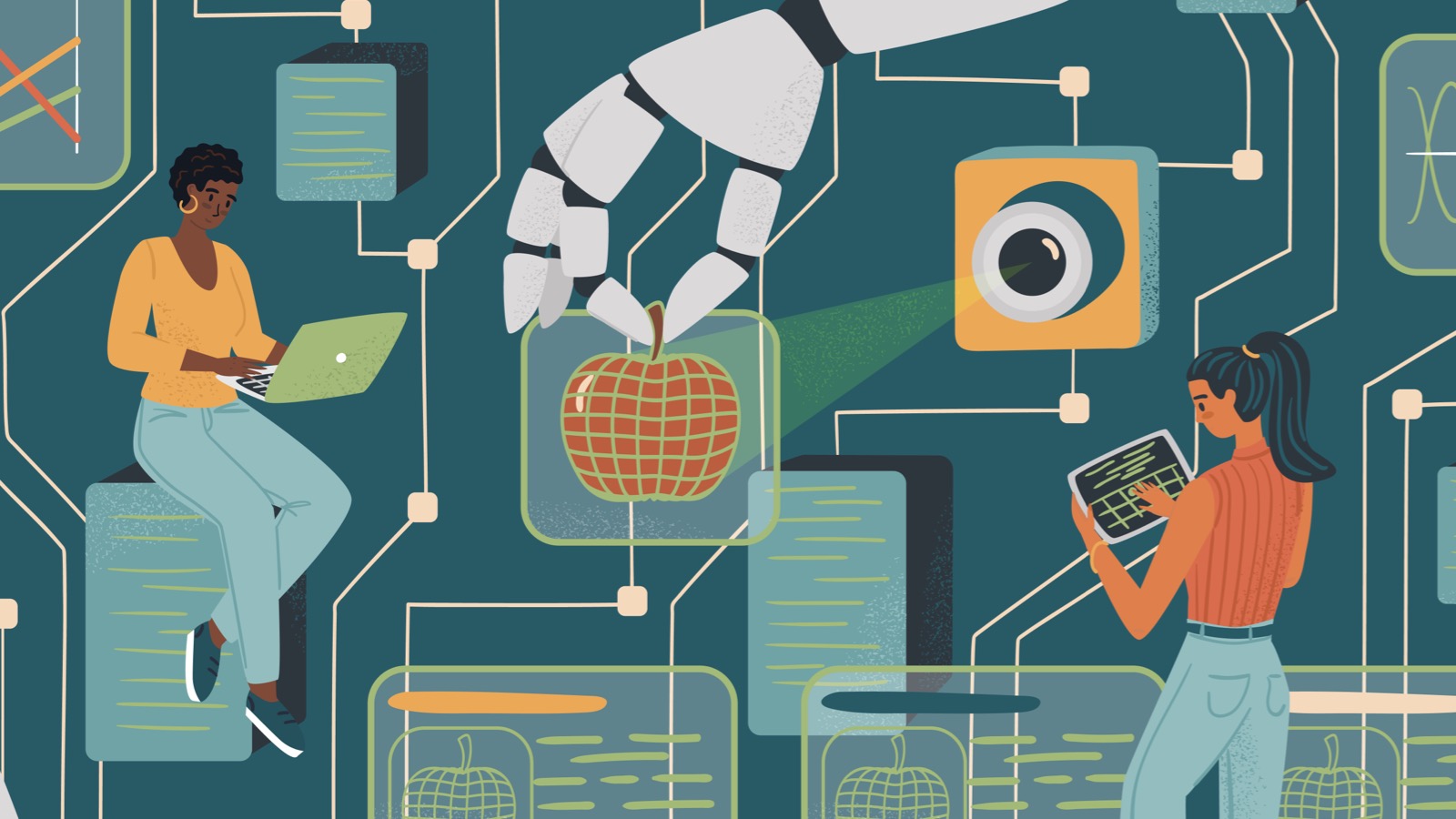
Artificial intelligence is fundamentally changing the way we communicate. This is why a proposed new research center at Aarhus University, named TEXT:
“There is currently a massive revolution happening in the foundations of our text culture,” explains Mads Rosendahl Thomsen, Professor of Literary History, regarding the issue he and Vice Director, and Associate Professor of Linguistics, Rebekah Baglini, plan to explore at the proposed research center TEXT: Center for Contemporary Cultures of Text (TEXT).
The Danish National Research Foundation has invited the Department of Communication and Culture to enter negotiations about establishing a center with a grant of 38 million Danish kroner over six years. The plan is for the research center to be located in Nobel Park, with around twenty staff members from the spring of 2025.
Here, Danish and international researchers from fields such as computational linguistics, cognitive science, literary studies, and educational science will collaborate to gain a deeper understanding of the relationship between artificial intelligence and text culture.
“A wide range of disciplines at Aarhus University have taken on this challenge and demonstrated their willingness to collaborate. It is very encouraging that the Danish National Research Foundation has chosen to support this, giving us the backing and working space to address the many challenges that lie ahead,” says Mads Rosendahl Thomsen.
Opportunities and Risks
Artificial intelligence, particularly generative AI, which can create text, images, and other content from data, presents both opportunities and risks. For instance, it influences how we receive information and how we search for and process knowledge, explain Mads Rosendahl Thomsen and Rebekah Baglini.
This has implications for our text culture, which is critical infrastructure permeating both society and individuals, and thus requires thorough research, they believe. Generative AI also offers numerous opportunities, and Mads Rosendahl Thomsen cites examples such as task automation, efficient information retrieval, and concrete ways to help those who struggle with writing.
“There are also many risks. For example, it will become easier to produce misinformation, and we may become worse at writing ourselves,” points out Mads Rosendahl Thomsen. He notes that language models may be trained on data that results in AI-generated content that does not broadly reflect the values of Danish society.
Rebekah Baglini adds that it is important to have a national language model to account for cultural differences:
“It is crucial, for several reasons, to prioritize a Danish language model as part of a national infrastructure. First, we can ensure more cultural and value-based alignment with a specific cultural context. We can also achieve full transparency regarding where the training data comes from.”
An Interdisciplinary Center
One of the tasks for TEXT will be to develop tools to minimize the risks posed by artificial intelligence while steering towards the opportunities it offers. This will happen through interdisciplinary collaboration between Danish and international researchers.
“We can only make a positive contribution to society if we collaborate across disciplines to address the many facets of text culture,” emphasizes Mads Rosendahl Thomsen.
Initially, the researchers at TEXT will examine the relationship between creativity and professional writing, explains Rebekah Brita Baglini.
“The hope for this sub-project is that it will, in a way, lay the groundwork for some of the other projects by defining what it means for a language model to be creative. We also need to ask the question: what does it mean for a human to be creative, and to what extent do large language models seem to help or enable that?” she says.
Text as Technology
Mads Rosendahl Thomsen believes the importance of text culture to society cannot be overstated and points out that throughout history, text has helped organize societies, religions, learning, and education. Rebekah Baglini agrees. She understands text as a form of technology that should not be taken for granted.
“Text is not only infrastructure; it is a technology in its own right. As a linguist, I’ve worked with languages that did not have a written culture. These are, of course, not large global languages, but it is not a given that a language has a written form,” she says.
Mads Rosendahl Thomsen believes that there is a “before” and “after” artificial intelligence became a part of our text culture.
“If I had pitched this idea to the Danish National Research Foundation three years ago, I would have had to spend more time explaining why large language models and generative AI could be interesting. Now, it’s obvious that they are being used extensively. It’s irreversible—we’re not going back to a time before language models. I genuinely believe there’s a clear before and after, and that’s what we need to explore.”
